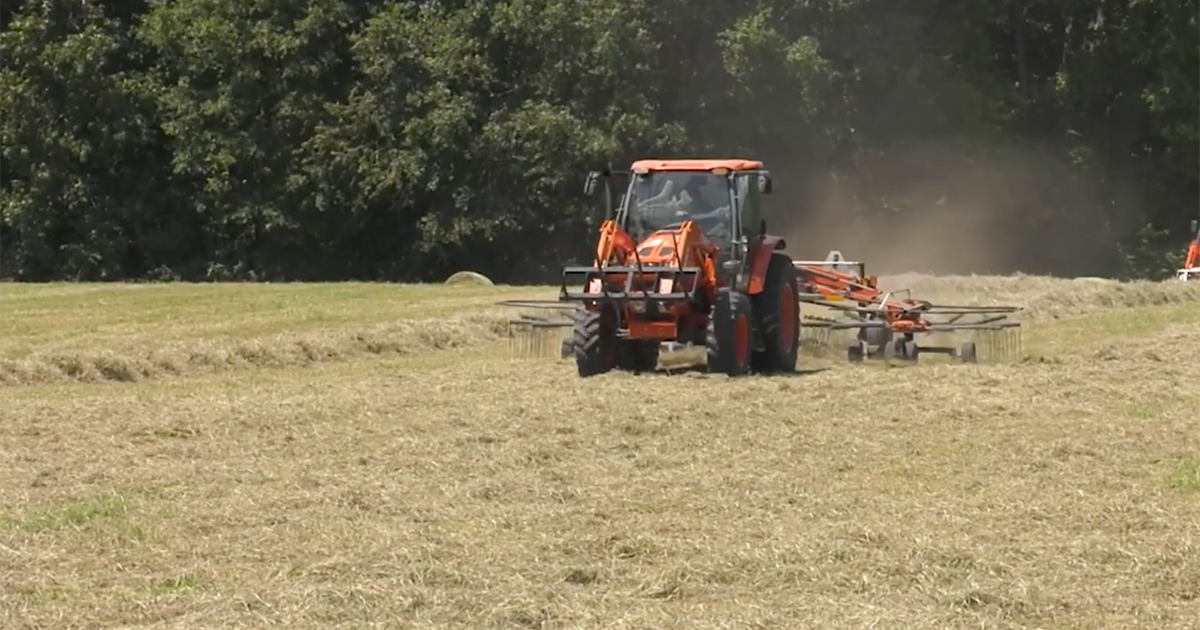Tifton, GA |
Spring has officially sprung here in Georgia which means hay fields and pastures across the state will be starting to flourish, signaling a new production year for forage producers. According to Lisa Baxter, State Forage Extension Specialist, producers are hoping for great conditions like they saw early on last year, as the weather was nothing but ideal and producers got some relief from input costs.
“Overall, given the limitations we’ve had over the last few years. 2023 was a great forage year. For the most part, statewide. We had pockets with some challenges in it, but with some fertilizer prices starting to come down, people getting better control on weeds; it was an incredible hay year for a lot of producers. We had some very well timed rain overall. There were definitely pockets that we were a little dry that worked well for hay production because we were able to get some timely harvest done and not have to rush to get something bailed before the next rainstorm,” says Lisa Baxter, State Forage Extension Specialist.
However, Baxter says that great year all changed last Fall, as a large portion of the state suffered from drought conditions, especially the Northwest corner, which ended up hindering Fall planting due to just how dry the soil was.
“We had an incredible Summer last year and not so great Fall and Winter. So, coming into Fall, a lot of the state was fairly dry at the exact time that we needed to be planting Winter grazing. So, for the most part, producers were fairly late planning winter grazing if they could get the drill in the ground at all. A lot of seed just stayed in the bag last year and fortunately, because when we’re not looking at rain in the forecast with the lack of irrigation in Georgia for forage production, it just wasn’t worth putting that seed out. So, as good of a Summer as it was, Fall and Winter was hard, especially for the northern part of the state,” says Baxter.
According to Baxter, due to those drought conditions, especially where it was severe, it’s going to be a waiting game, as she says they won’t really know how things will shape up until warmer temperatures are here to stay.
“To give you a reference, we turned in drought loss estimates, some less severe than others for a hundred and twenty counties in the state of Georgia last year, so essentially the entire state, but there was that pocket up in the Northwest corner of the state, thirteen, fourteen counties that did hit disaster level of drought. I think we’re still trying to determine how severe that drought was, because going into Fall, that was peak tall fescue growing season. So, for producers not to have that stockpile available for tall fescue and not being able to plant that winter grazing, it really set us up for some big challenges in that Northwest corner of the state. We expect that fescue to come back this Spring, but time will tell. We don’t know for sure. While rainfall has occurred, it’s been highly variable. So, it’s one of those wait and see games, which is what no producer wants to hear, but there’s no way to know until we get through the spring and our temperatures start to warm up,” says Baxter.
By: John Holcomb

